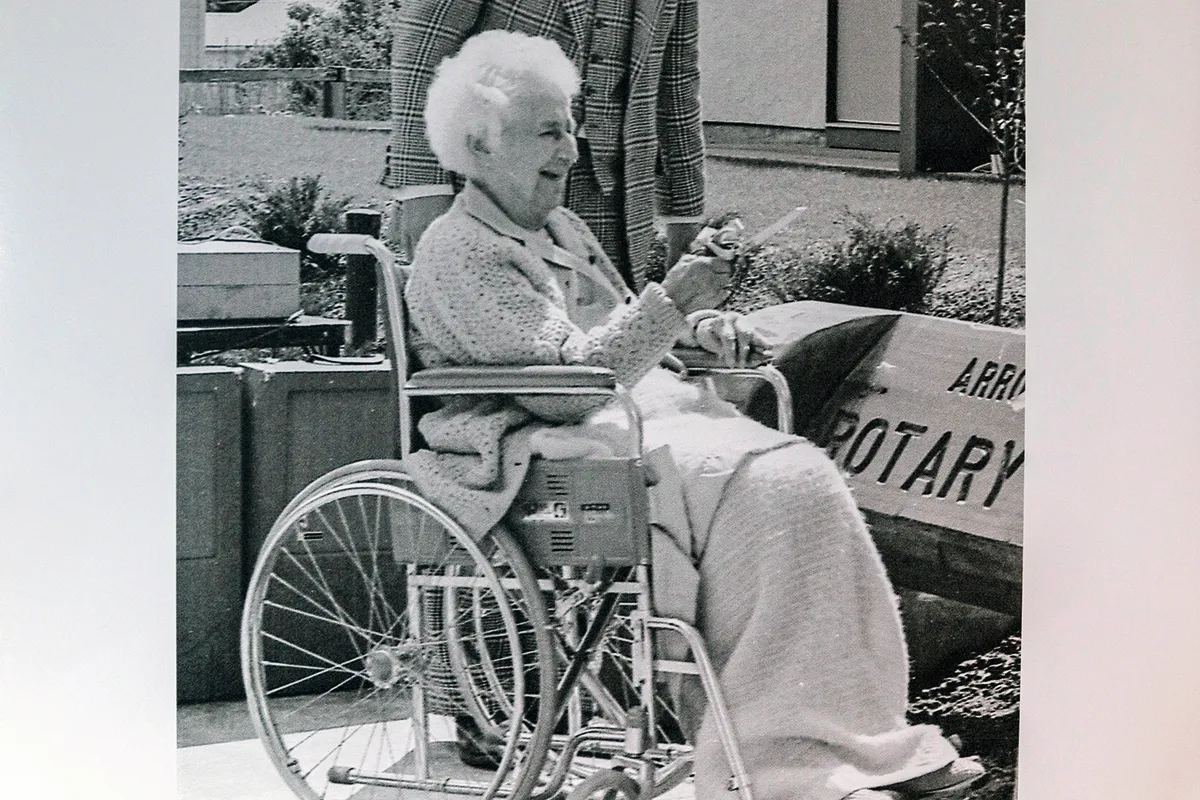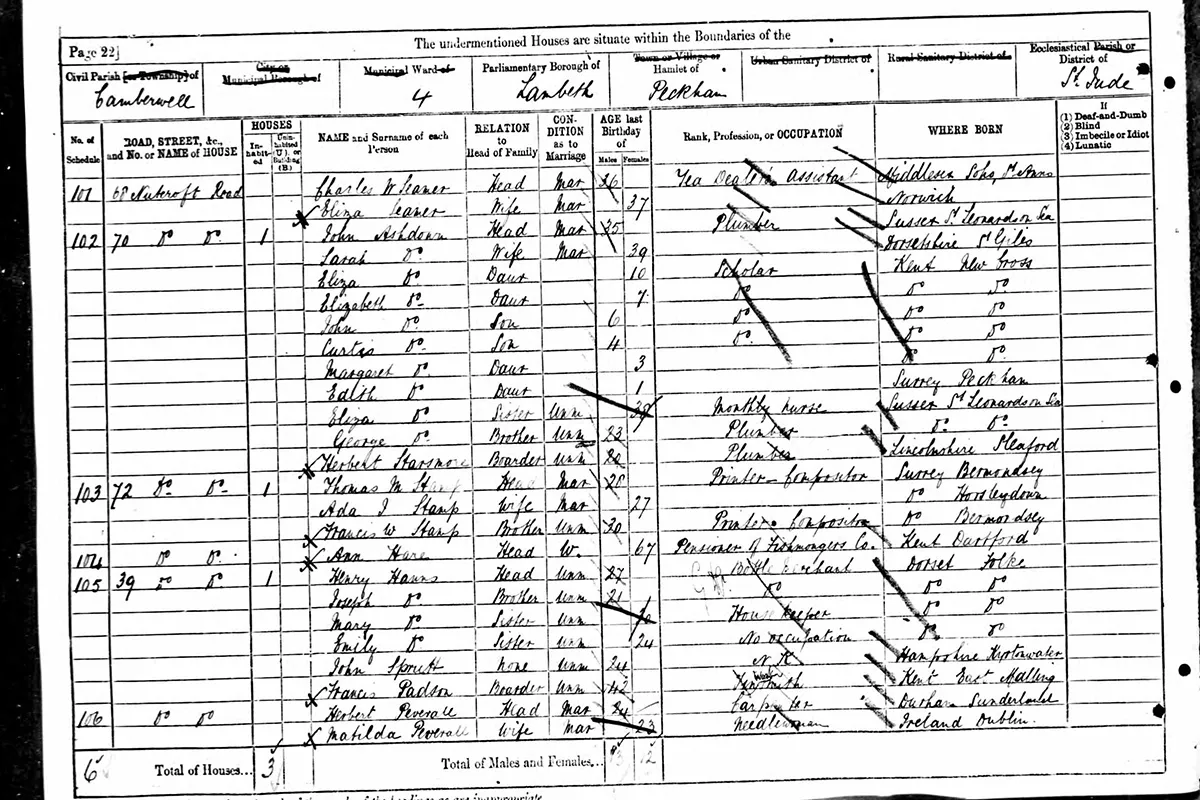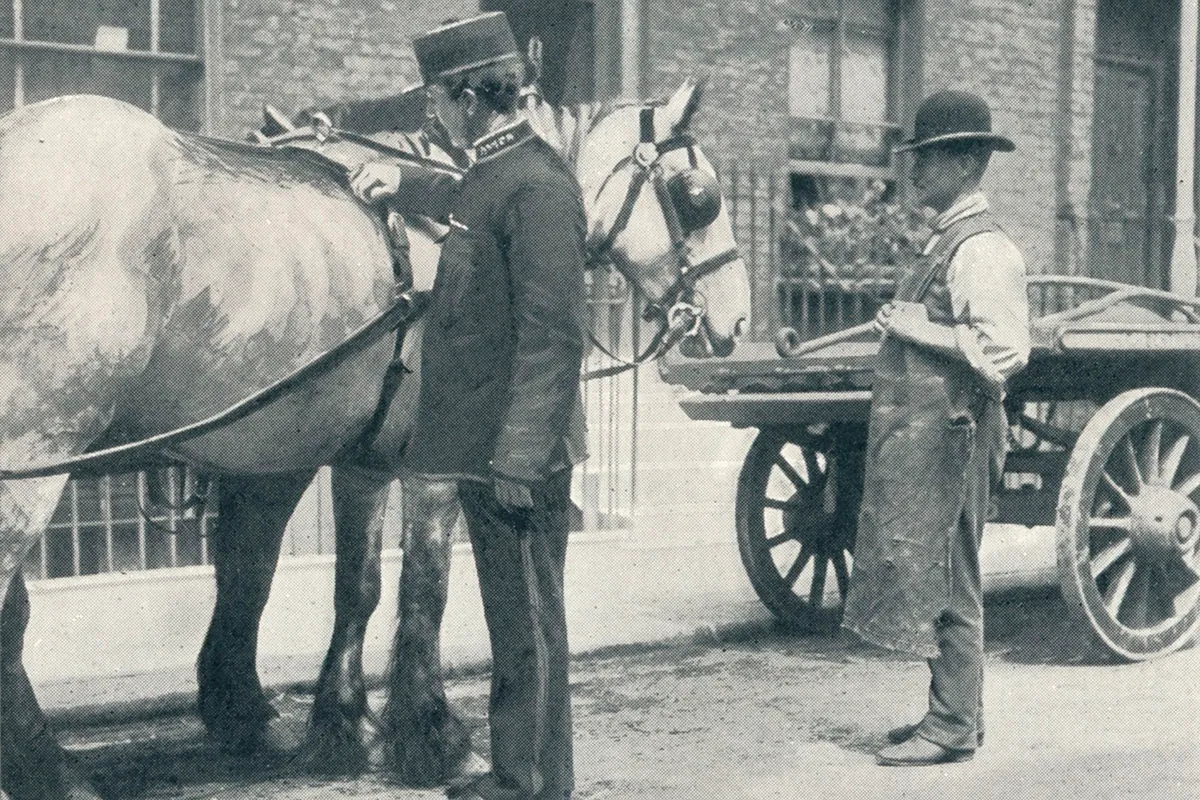Curtis George Ashdown stepped forward to be knighted by George V at Buckingham Palace on 12 October 1920. He was born the son of a plumber in Deptford, Kent, with no connections or capital, so how did he manage such a meteoric rise?
Curtis is the first cousin twice removed of Graham Ashdown, a retired pharmacist who lives in Chatham, Kent.
“I had no idea that we had a knight in the family until five years ago,” Graham reveals. “A distant Canadian relative, Robert, sent some information from the Arrow Lakes Historical Society in British Columbia, Canada.
“My Great Aunt Peggy emigrated to Nakusp, a village near Arrow Lakes, after the First World War and married a soldier. In 1983, a member of the society interviewed Peggy about her life and made a recording. Robert sent me an online link, and it was fascinating to hear her memories.

“Peggy remarked, ‘I’ve got nobility in my family, Sir Curtis Ashdown. He was my cousin.’ I was amazed to hear that we were related to a knight, and keen to discover why he was bestowed with such an honour.”
Graham began delving into Curtis’ life using Google and Ancestry. “Curtis lived in Surrey, and had his own coat of arms. It included a blue ancient ship, a green ash leaf, two red lions and a silver anchor. This provided essential clues to his profession.”
Curtis was born in 1876, the son of John Curtis Ashdown and Sarah Ann Haskell. They lived in the St Paul’s area of Deptford near Greenwich and the River Thames.
Rapid expansion of London’s suburbs in late Victorian times provided ample work for a plumber like John. Some new houses had bathrooms and required both plumbing and drainage systems.
However, Curtis pursued a very different career, as Graham discovered via the census records. “I was intrigued to see that in 1881 Curtis was attending school at the age of four, which seems very young. Perhaps he was a bright spark ahead of his time.”

By 1901, Curtis was working as a shipbroker’s managing clerk. Living close to Greenwich and the Docklands, he was in the ideal environment to learn the trade. Shipbrokers worked as intermediaries between shipowners and customers who had goods to transport. They also brokered deals when ships were bought and sold.
In 1898, Curtis married Mabel Foster Matthews, the daughter of a commercial traveller from Peckham. The couple had three children who were named Daisy, Ruby May and Harold.
“Searching on The Ships List I discovered that during the 1900s Curtis enjoyed a dramatic uplift in fortune. In 1909, he had his own shipping line called ‘Curtis George Ashdown’ and owned a vessel called Uranium. It was an amazing achievement for a man from humble beginnings.
“He must have worked his way up from shipping clerk to manager, then acquired the money to buy a ship. I don’t know how he did this, but both Curtis and his father were Freemasons. That may have generated contacts.”
Uranium was originally owned by the New York & Continental Line, and sailed under the name Avoca. It was a cargo vessel that had enough room for two cabin-class and 316 steerage passengers.
In 1909, Avoca collided with a German steamer near Rotterdam. She was in poor condition and Curtis was able to buy her at auction for £15,000, which was a huge sum for the time.
“Curtis had the vessel restored and resold her to the North West Transport Line only two months later for £35,000. It was a handsome profit.”
By 1911, the Ashdown family could afford to live in style. Curtis and Mabel had a large suburban house in Purley, Surrey, and a seaside home in Bognor Regis, West Sussex. They employed servants in both residences.
Curtis became a globetrotter and enjoyed many sailings to exotic places. “Passenger lists revealed that in April 1913 he boarded the ocean liner RMS Empress of Russia on her maiden voyage. I’m sure that he travelled first class, with all of the luxury that this would provide.

“Empress sailed past the Straits of Gibraltar, through the Mediterranean and Suez Canal, round the tip of India and docked at Hong Kong in May. The ship then journeyed on to Yokohama, Japan, before crossing the Pacific Ocean to Vancouver.
“The Empress of Russia broke the world record of just over nine days for the fastest transpacific crossing. I can’t imagine how exciting it must have been on board. Curtis then made his way across America before sailing back to England.
“My ancestor made a round-the-world tour in 1913. How special was that? Very few people would have travelled so far and in such style at the time.”
"My ancestor made a round-the-world tour in 1913"
On returning to Britain, Curtis had expansion firmly in sight. In November 1913, he applied for the freedom of the City of London. This was vital in order to trade from the Square Mile, a busy hub for shipbroking.
To be a freeman of the City involved joining one of the guilds or livery companies. These were created to ensure the highest possible standards of trade, and to support charities.
Curtis applied to join the Worshipful Company of Loriners, which Graham also discovered via Ancestry. A loriner makes bits, stirrups and other small metal items of harness. The company has always had the welfare of horses at its heart.
“This was one of the most exciting discoveries I’ve made, and one that I’m very proud of. In those days horses were hard-working animals. They would have pulled heavy loads up places like Ludgate Hill in London. The Loriners raised money to pay for and install water troughs and hay mangers in cities across Britain.

“Perhaps this showed a touch of love and humanity in Curtis. I emailed the Loriners, and the company’s secretary sent me information and the crest. They still look after horses at gymkhanas, as well as organising riding lessons for young people.”
After acceptance to the Loriners’ Company, Curtis opened premises in Billiter Street, the City of London. He supported the war effort and in 1916 his ship Dalegarth was captured and sunk by a U-boat. The ship was travelling from Limni in Greece to Glasgow with a cargo of magnesite, which was used to make flares for bombing runs.
Curtis was clearly a highly respected man among his peers. In 1917, he was elected president of the prestigious Aldgate Ward Club, which was popular with members of the shipping trade. In the same year he was also awarded his own coat of arms, which featured the blue ship.
“I was astonished to discover via Wikipedia that on Midsummer’s Day in 1919 Curtis was elected as one of two serving sheriffs of the City of London. Sheriffs held the post for a year and their duties included maintaining law and order, dealing with local courts and liaising with police.”
A report in the London Gazette gave Graham another huge breakthrough. A Whitehall update for 12 October 1920 stated that “the King was pleased… to confer the honour of Knighthood upon Curtis George Ashdown Esq”.
“It took more time and research for me to find out that anyone who served as sheriff of the City of London was automatically knighted. Finally, I had answered the question that had intrigued me all along. What an incredible achievement for a plumber’s son from Deptford.
"Curtis was a plumber's son from Deptford who became a knight."
“Curtis must have been very busy, running his business and attending charity dinners and balls. Perhaps this put a strain on his family life? Old newspaper articles available on Findmypast have revealed a mysterious event that must have caused great anguish.”
In 1927, Curtis and Mabel’s daughter Ruby May went missing for 10 days. She was aged 26 and disappeared from the family home in early November. Scotland Yard distributed descriptions of her which drew the attention of a Mrs Rostron, who ran a boarding house in Liverpool.
Ruby had been staying there for more than a week, rarely leaving the house and refusing to eat. She became so weak that she had to be hospitalised before returning home. “Ruby must have suffered a breakdown. I’m not sure why – perhaps she had been jilted in love, or had depression.
Harold followed his father into the family business, which continued to thrive. The Ashdowns enjoyed many overseas trips, to Brazil, South Africa, Portugal and Madeira. Graham is yet to discover any direct descendants of Curtis and Mabel’s family, but is going to continue his search.
“In 1933, Curtis passed away at the relatively young age of 57 from liver and heart problems. His estate equated to £745,000 in today’s money. According to The National Archives’ Currency Converter, that would have been enough to purchase approximately 63 horses, which the Company of Loriners would have been pleased about.”
Sadly, Harold died in a hotel room in Bournemouth in 1976 with a probate of just £106, so
by then the shipping business had obviously collapsed.
“Curtis clearly had impetus to get where he did, and a good eye for business. He lived an exciting life full of adventure. I’d love to have witnessed his journey on the Empress of Russia as she broke the transpacific record.”